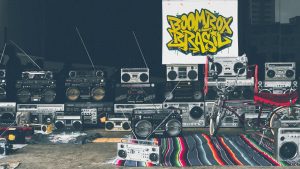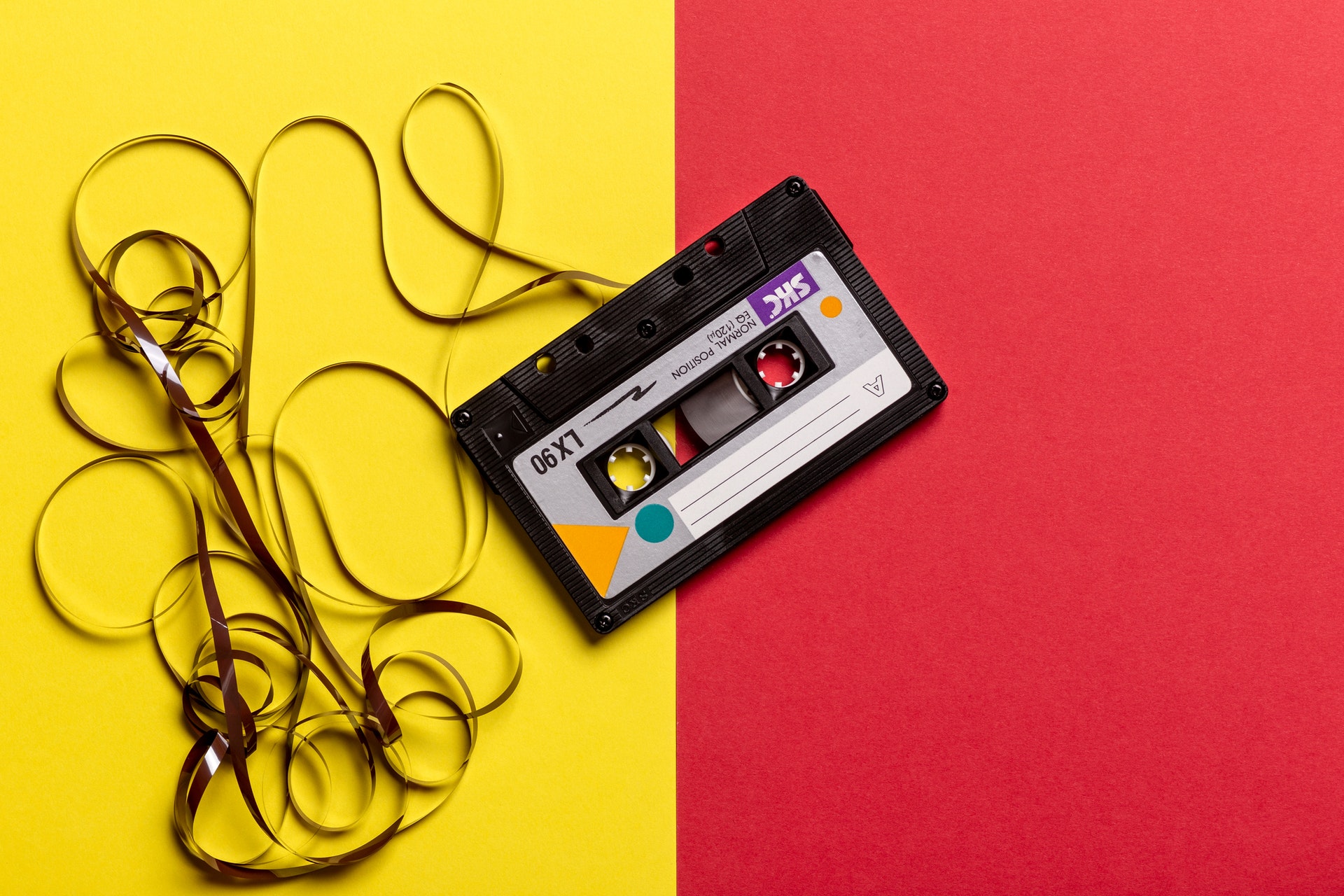Let’s face it there isn’t enough sound art on earth. Museum display cabinets are mostly packed with visual demonstrations of ideas, statements and worlds. The majority of the time, audio ‘just’ has a supportive role.
Defined.
“Sound artwork retains the distinction of being an art movement which isn’t tied to a particular period of time, geographical location or group of musicians, and wasn’t named until years following its earliest works were created. Really, the definition of this word remains elusive.” – Alan Licht
It is the organization of audio, in conjunction with visual practices and its rarity from ‘conventional musical techniques “, is a distinctive characteristic.
The term, ‘sound art’ is largely of significance in crediting site or object-specific functions which aren’t intended as audio per se.
Basically, when it’s intended to be sound artwork, it’s sound art. Bad or good. Let us stick with this definition, to keep matters easy.

an example.
As always with artwork, it is difficult to pinpoint precisely the ‘best’ works. Taste differs. Strategies differ. And so, I’d love to provide you with a couple examples of exactly what I believe are excellent sound art pieces, and what makes them good in my (humble) opinion.
A milestone in audio art is that the organisation of noises by Edgar Varese known as ‘Poème électronique’. In ‘Music, audio and Multimedia’, It was part of a multimedia exhibition showcase, using 400 speakers across a series of rooms — producing a feeling of noise travelling with participants as they moved from room to room.
Its function in contemporary art.
I really do believe it has a function in contemporary art. So why is there so little audio art around us, compared to all the visual functions you see on a daily basis?
I believe that the principal reason is a historic one. In Sound Art: Origins, Development and Ambiguities, Alan Licht states: “The origins of audio art lie at the disjunction of audio and picture afforded by the creations of the phone and sound recording in addition to the age-old belief of acoustic space”
If phone and sound recording methods really do play a important part in sound art, then audio art finds itself in a historic disadvantage. The very first sound recording was first in 1860. The very first known drawings are approximately 40,000 years of age. That’s a very significant delay.
Is that delay perceptible? Well, though I am not a regular guest of museums, I do attend art college expositions and see smaller galleries frequently. I really don’t have the specific numbers but I believe that many, and that I mean just like 95 percent of all art works I see from the display spaces, appeal to the eye first of all. I do note that in the galleries and art college displays there’s much more interest in the tradition of audio art then from the larger museums.
In conclusion, here’s what I expect: together with its technological advancement, the future could hold fantastic things for audio art. It is up to the artists to state: we’ve made enough artwork. Let us create sound. It is up the museum supervisors to state: let us concentrate on the hearing loss. And it is around the art fans to need: provide us more audio art.



